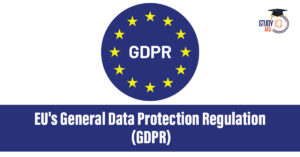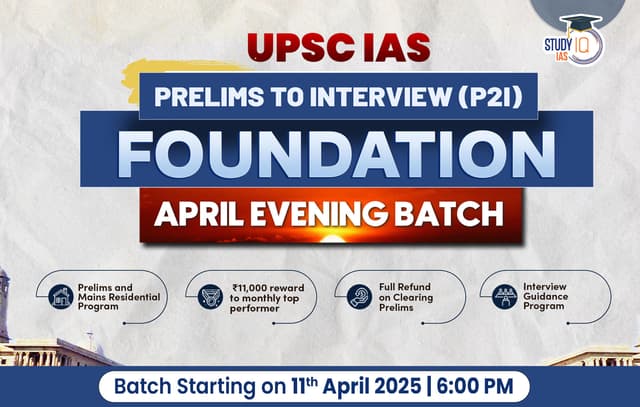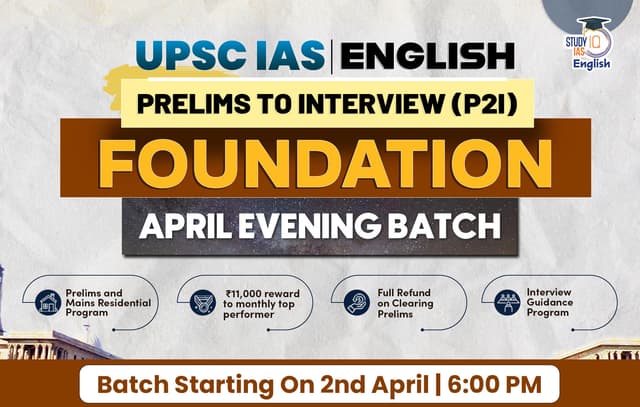Daily Current Affairs for UPSC 2023
Q) Recently which one of the following country declared emergency due to rapid increase in Guillain-Barré Syndrome cases?
- Peru
- Namibia
- Argentina
- Indonesia
Daily Current Affairs for UPSC – 13 July April 2023
Explanation:
- Option (1) is correct: The Peruvian government has recently declared a state of national emergency due to a spike in the number of cases of a rare neurological disorder called Guillain-Barré Syndrome. Guillain-Barré Syndrome is a rare neurological disorder where the body’s immune system which normally protects it from infections and other foreign bodies mistakenly attacks its own peripheral nerve cells. More specifically, the myelin sheath, an insulating layer of fat and protein that surrounds the nerve cells, becomes inflamed. The myelin sheath enables signals to pass through the nerve tracts at breakneck speed under normal conditions. If the sheath is inflamed, the nerves can hardly transport stimuli. Thus, the peripheral nerves, the nerves that branch out from the brain and the spinal cord, get damaged as a result, and the muscles can become weak or paralyzed.
Q) With reference to ‘Rafale-M’, consider the following statements:
- They are the naval variant of the Rafale fighter jets.
- It is an advanced twin engine fighter jet that can support cruise missiles.
- They are manufactured by Lockheed Martin of Israel.
How many of the statements given above are correct?
- Only one
- Only two
- All three
- None
Explanation:
- Statement 1 and 2 are correct but statement 3 is incorrect: Rafale Marine fighters are the naval variant of the Rafale fighter jets, 36 of which are operated by the Indian Air Force. They are manufactured by France’s Dassault Aviation. The Rafales are advanced twin engine, multirole fighter jets. They are equipped with latest weapon systems including Meteor (beyond visual range) air-to-air missiles, Hammer (air to surface) smart weapon system, cruise missiles. They are also fitted with modern sensors, and radar to detect and track and attack targets. The Marine version of the jets will be slightly different, given that they will operate from aircraft carriers on sea. These have foldable wings, a longer airframe for landing on carriers, and a tail hook for arrested landing on a carrier. The nose and main landing gears on the navy version have been reinforced to satisfy the difficult aircraft carriers landing and catapulting conditions for the aircraft. The Rafale M nose gear also incorporates the “jump strut technology” in the shock absorber to give the aircraft an angle of attack during catapulting. It can also carry a wider range of weapons, including anti-ship missiles and air to surface missiles and radar meant for maritime operations.
Q) Consider the following statements about Arsenic pollution:
- Arsenic contamination is common in the groundwater in the Ganga-Brahmaputra plains.
- As per the WHO, the prescribed limit of arsenic in drinking water below 50 g/L.
- High occurrence of gallbladder cancer is directly connected with high groundwater arsenic concentrations.
How many of the statements given above are not correct?
- Only one
- Only two
- All three
- None
Explanation:
- Statement 1 and 3 are correct: Arsenic (As) is an odourless and tasteless metalloid widely distributed in the earth’s crust. Arsenic and its compounds occur in crystalline, powder, amorphous or vitreous forms. In South Asia, arsenic contamination in groundwater in the Ganga-Brahmaputra fluvial plains in India and Padma-Meghna fluvial plains in Bangladesh has been found to have a huge impact on human health. In India, West Bengal, Jharkhand, Bihar, Uttar Pradesh in the flood plains of the Ganga, Assam and Manipur in the flood plains of the Brahmaputra and Imphal rivers and Rajnandgaon village in Chhattisgarh have been reported to be affected by arsenic contamination in groundwater. High arsenic concentration has been found in groundwater in 18 districts of Bihar and it has correlation with incidences of gallbladder cancer at these places, according to a new study.
- Statement 2 is incorrect: According to WHO prescribed limits, the current recommendation of arsenic in drinking water is 10 µg/L. Developing countries like India and Bangladesh are exposed to limits exceeding 100 µg/L. The exposure to arsenic in the environment can happen through both natural and anthropogenic means. Naturally, it can happen through leaching of ambient arsenic in groundwater from sediments containing arsenic bearing minerals; leaching and percolation of arsenic in soils.
Q) With reference to ‘Diabetes Mellitus’ (DM), consider the following statements:
- It occurs when the glucose level in the blood are extremely low.
- At present, there is no cure for Diabetes Mellitus.
- A person affected by Tuberculosis is also at high risk of developing diabetes mellitus.
How many of the statements given above are correct?
- Only one
- Only two
- All three
- None
Explanation:
- Statement 1 is incorrect: Diabetes mellitus is a disorder in which the body does not produce enough or respond normally to insulin, causing blood sugar (glucose) levels to be abnormally high. Diabetes mellitus occurs when the body’s cells resist the normal effect of insulin, which is to drive glucose in the blood into the inside of the cells. This condition is called insulin resistance. As a result, glucose starts to build up in the blood. The pancreas responds by making extra insulin to maintain a normal bloodsugar. Over time, the body’s insulin resistance gets worse. In response the pancreas makes more and more insulin. Finally, the pancreas gets “exhausted”. It cannot keep up with the demand for more and more insulin. As a result, blood glucose levels start to rise.
- Statement 2 is correct: DM increases the risk of developing respiratory infections. There’s no cure for DM. Losing weight, eating well and exercising can help manage the disease. If diet and exercise aren’t enough to control blood sugar, diabetes medications or insulin therapy may be recommended.
- Statement 3 is correct: Diabetes mellitus is a major risk factor that increases the incidence and severity of tuberculosis. India has been experiencing the double burden of two debilitating and severe epidemics, type 2 diabetes (diabetes mellitus, DM) and tuberculosis (TB). Currently, India has around 74.2 million people living with diabetes while TB affects 2.6 million Indians every year. Among people with TB, the prevalence of DM was found to be 25.3% while 24.5% were pre-diabetic, in a 2012 study in tuberculosis units in Chennai.
Q) Consider the following statements about cyber security in India:
- As per the National Crime Records Bureau, cybercrimes in India have increased nearly four times in the last four years.
- The Indian Computer Emergency Response Team is the nodal agency to facilitate safe information infrastructure for critical sectors.
Which of the statements given above is/are correct?
- 1 only
- 2 only
- Both 1 and 2
- Neither 1 nor 2
Explanation:
- Statement 1 is correct: As per the National Crime Records Bureau data from “Crime in India, 2020”, Cybercrimes have increased four times or 306 percent in the past four years and rate of cybercrime (incidents per lakh population) increased in 2020. India saw a 53 per cent increase in ransomware incidents in 2022 (year-over-year), according to the “India Ransomware Report 2022” published by the CERT-In. According to a report, the value of digital payments in India will grow close to 1 trillion dollars in FY26 from 300 billion dollars in FY21.
- Statement 2 is correct: Indian Computer Emergency Response Team (CERT-In) serves as national agency for responding to cyber security incidents as per provisions of IT Act, 2000. It issues alerts and advisories regarding latest cyber threats/vulnerabilities and counter measures to protect computers and networks on regular basis. National Critical Information Infrastructure Protection Centre (NCIIPC) is created under IT Act, 2000 (amended 2008) and designated as National Nodal Agency to facilitate safe, secure and resilient information infrastructure for critical sectors of the Nation.


 Daily Quiz 14 April 2025
Daily Quiz 14 April 2025
 UPSC Syllabus 2025, Check UPSC CSE Sylla...
UPSC Syllabus 2025, Check UPSC CSE Sylla...
 EU Plans to Slash General Data Protectio...
EU Plans to Slash General Data Protectio...





















